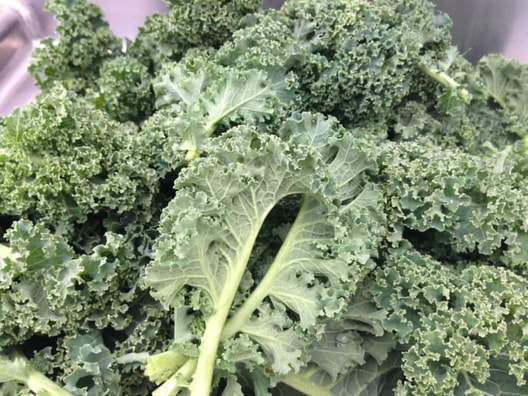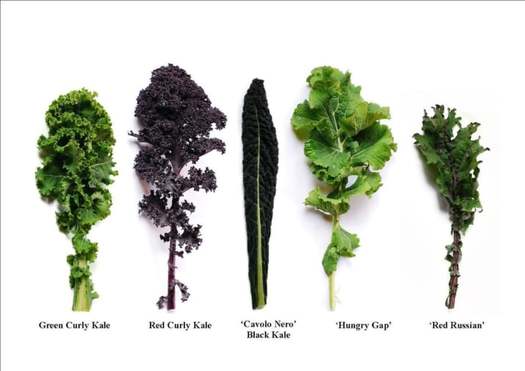Kale, (Brassica oleracea, variety acephala), loose-leafed edible plant derived from the cabbage of the mustard family (Brassicaceae). Kale is grown mainly for autumn and winter harvest, as cold improves its eating quality and flavour; its hardiness permits harvest of fresh greens after most fresh vegetables have become unavailable. The leaves can be eaten fresh or as a cooked vegetable and are a source of vitamin A, vitamin C, calcium, iron, and vitamin B6.
Kale plants produce a rosette of elongated leaves with wavy to frilled margins. The leaves are typically blue-green in colour but can also be light green, red, or purple, depending on the variety. In a long growing season the main stem reaches a height of 60 cm (24 inches) or more. The plant may be harvested by cutting off the entire rosette before the stem has elongated, or (especially in areas with long, cool growing periods) the individual lower leaves may be removed progressively as the main stem elongates. Though usually grown as an annual, kale is a biennial plant and produces yellow four-petaled flowers borne in loose clusters in its second year. The fruits are dry capsules known as siliques.
Kale plants produce a rosette of elongated leaves with wavy to frilled margins. The leaves are typically blue-green in colour but can also be light green, red, or purple, depending on the variety. In a long growing season the main stem reaches a height of 60 cm (24 inches) or more. The plant may be harvested by cutting off the entire rosette before the stem has elongated, or (especially in areas with long, cool growing periods) the individual lower leaves may be removed progressively as the main stem elongates. Though usually grown as an annual, kale is a biennial plant and produces yellow four-petaled flowers borne in loose clusters in its second year. The fruits are dry capsules known as siliques.
Proudly powered by Weebly

